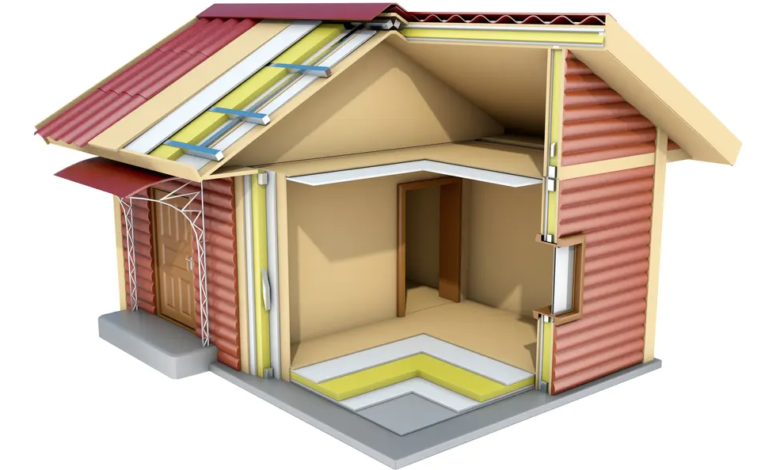How to cool home? With the structural thermal battery made of wood, lemon and coconut
How to cool home without air conditioning
(sustainabilityenvironment.com) – How to cool home without using air conditioning or air conditioning? Most recommend taking advantage of the cooler temperatures of the early hours of the day and focusing on shading in the warmer ones, trying to improve the insulation. But there are also more innovative solutions that can make domestic walls active components in strategies to refresh (but also heat) the interior. One of these is the new thermal battery created by the KTH Royal Institute of Technology in Stockholm.
The work, led by the researcher Céline Montanari and colleagues, aimed to create an innovative, sustainable and functional building material for energy saving. The result is a new biocomposite based on transparent wood, lemon peel and coconuts with great promise. According to the team, a tomorrow could be the key element to heat and cool home as a solution of heat accumulation.
The history of transparent wood
Transparent wood is nothing new, especially for the KTH Royal Institute of Technology. The material rose to the headlines in 2016 thanks to Swedish and American studies and immediately reached extraordinary optical transmittance (about 85%). Since then, KTH scientists have further improved its properties by giving it the ability to absorb and release heat. The secret? Originally the use of polymers of fossil origin, such as polyethylene glycol, which behave as phase change materials and show a high affinity with wood fibers.
But the Swedish research center wanted a more sustainable recipe that would lighten the environmental burden while maintaining high mechanical, optical and thermal performance. This is how we arrive at the current formulation: a mix of wood and fruit waste, able to replicate the functionality of the fossil polymer.
Thermal battery, the recipe
The process begins with the chemical removal of lignin from wood fibers, creating tiny pores in the structure. This is a fundamental step, since lignin absorbs light and is responsible for the brown colour of the wood. But this is not enough to make transparent the product that at this stage is white.
Then the structure is filled with a citrus-based molecule, poly(limonene acrylate), and a molecule obtained from coconut oil, 1-dodecanol. The limonene acrylate restores the strength of the wood (a task normally entrusted to lignin) and modifies its refractive index reaching a high optical transmittance. In other words, it makes it transparent. Not only that.
read also The problem of the rebound effect that cancels the benefits of thermal insulation
Thanks to the molecules of coconut oil, the compound acts as an organic phase change material, functional for the accumulation of latent heat. What you get is a real thermal battery. “Coconut molecules can go from solid to energy-absorbing liquid; or liquid to energy-releasing solid, roughly the same way water freezes and melts,” Montanari explains. But in transparent wood, this transition occurs at a temperature of 24 ºC instead of 0 ºC. “Through this transition, we can heat or cool the surrounding environment as needed,” says Peter Olsén, KTH’s co-author of the research.
Heating and cooling your home with thermal batteries
The team explains how the special battery can store both heat and cold. One hundred kilos of biocomposite used directly in building construction could save about 2.5 kWh per day in heating or cooling at an ambient temperature of 24 ºC. The strong point? The multiplicity of end uses it lends itself to, both in terms of transparency and energy savings: as a building material for outdoor and indoor homes and offices. Or in the making of greenhouses. “When the sun shines, the wood becomes transparent and stores more energy, while at night it becomes cloudy and releases the heat accumulated during the day. This would help reduce energy consumption for heating and at the same time improve growth“. The researchers reported their work in the scientific journal Small.






